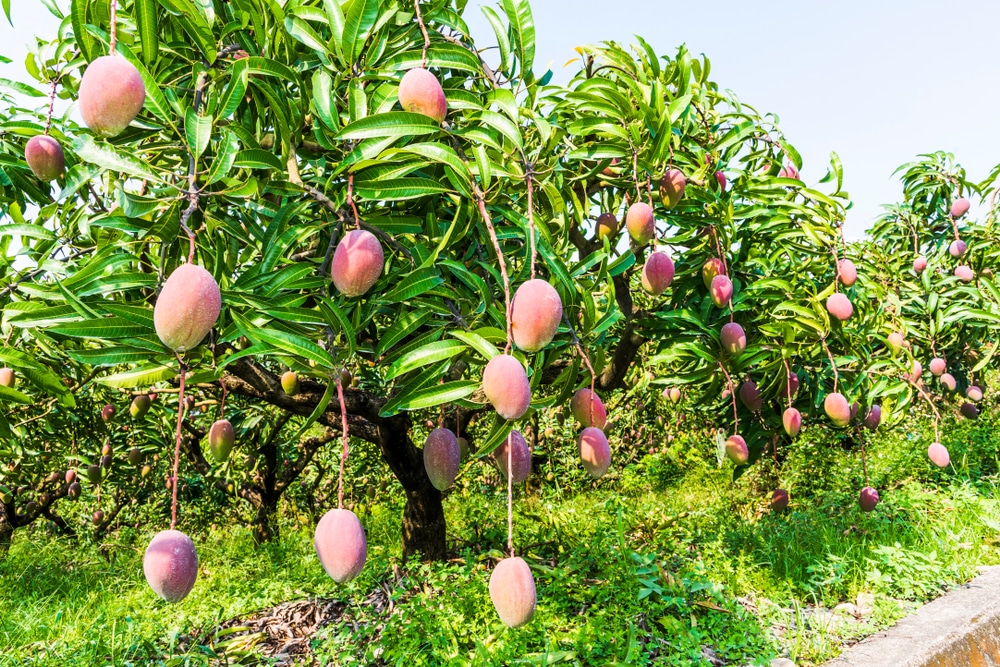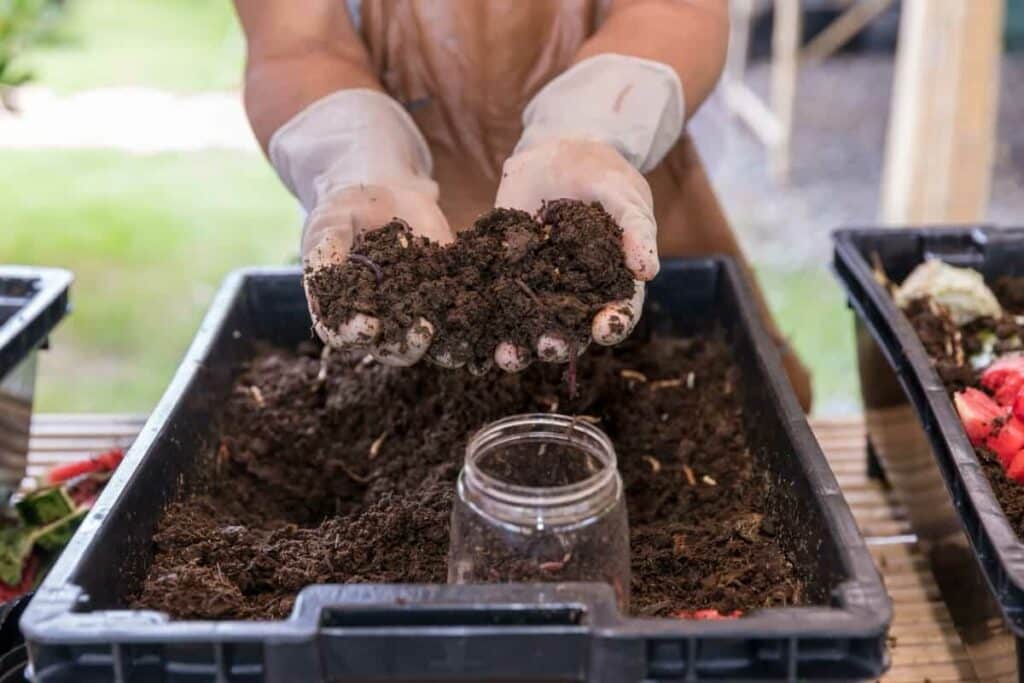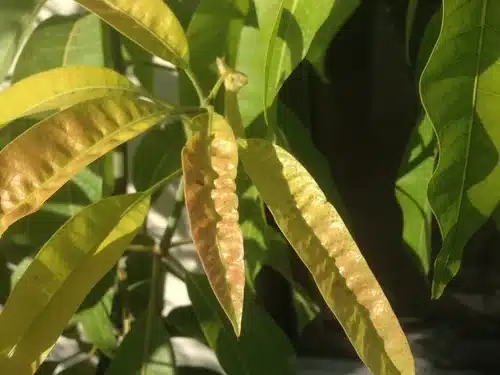Table of Contents
Gardening is a rewarding and enjoyable hobby, and when it comes to growing your favorite fruit trees, it becomes more interesting. But growing mango trees in your backyard garden requires careful attention to detail, particularly when it comes to fertilizer. Mango trees are a favorite choice for commercial and home gardeners because of their beautiful foliage and succulent golden fruit. However, the secret to ensuring that your mango trees thrive and produce bountiful harvests is proper fertilization. Here are some best practices for fertilizing mango trees to promote healthy growth and maximize fruit production.
Understand the Nutritional Needs of Mango Trees
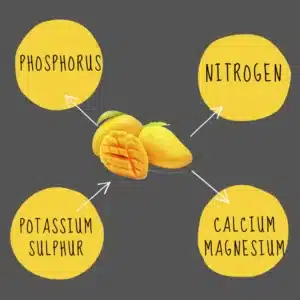
For mango trees to flourish and bear fruit, they need proper nutrition. The primary nutrients they need include nitrogen (N), phosphorus (P), and potassium (K), along with secondary nutrients such as calcium (Ca), magnesium (Mg), and sulfur (S). The general health of the tree also depends on trace elements, including boron (B), manganese (Mn), zinc (Zn), iron (Fe), and manganese (Mn).
Nitrogen (N)
- Encourages the growth of leaves and shoots as well as other vegetative processes.
Phosphorus (P)
- Facilitates fruit set, flowering, and root development.
Potassium (K)
- Promotes overall tree vigor, disease resistance, and fruit quality.
Soil Testing: The First Step to Effective Fertilization

A soil test is essential before using any fertilizer. This will help you determine the pH and current nutrient levels of the soil, allowing you to adjust your fertilization strategy appropriately. Mango trees should ideally grow in slightly acidic (pH range of 5.5 to 7.5) soil rather than neutral soil. You can remedy any inadequacies found in the soil test results by adding particular additives to the soil or fertilizers.
Fertilization Schedule: When and How to Apply
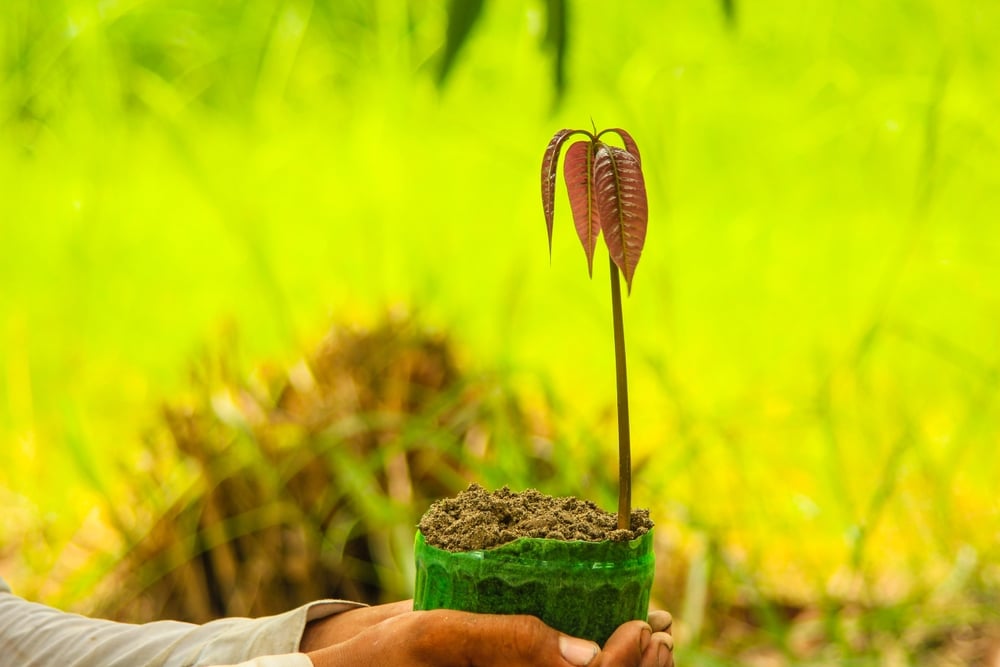
Mango trees benefit from a regular fertilization schedule throughout the growing season. Here’s a general guide:
Young Trees (1-3 years)
Apply a balanced fertilizer (such as 10-10-10 or 12-12-12) three to four times a year. Apply a light application initially in the spring and then one more application every three months.
Mature Trees (4 years and older)
To support fruit production, use a fertilizer with a higher potassium content (e.g., 8-3-9 or 6-6-12) in the early spring and again once the fruit has been set. Reduce the nitrogen level to prevent excessive vegetative growth at the price of fruiting.
Application
For young and old trees, ensure the fertilizer is applied evenly around the drip line, which is the space right below the outermost branches, and give the tree plenty of water thereafter.
Organic vs. Chemical Fertilizers
For mango trees, both chemical and organic fertilizers can be beneficial; however, they have different benefits:
Organic Fertilizers
Include compost, well-rotted manure, and organic commercial products. These offer a slow release of nutrients, boost microbial activity, and enhance soil structure. In particular, organic fertilizers are advantageous for the long-term sustainability and health of the soil.
Chemical Fertilizers
These fertilizers supply easily absorbed nutrients, making them useful for rapidly treating particular deficiencies. If not utilized appropriately, they can cause nutritional imbalances and soil acidification.
A balanced approach, combining organic matter with targeted chemical fertilization, often yields the best results.
Foliar Feeding: A Supplementary Approach
Foliar feeding, the application of liquid fertilizers directly to the mango leaves, can be a valuable supplement to soil fertilization. Delivering trace minerals like zinc, iron, and manganese—all essential for the formation of chlorophyll and general tree health—is very helpful. Foliar sprays work best when applied early in the morning or late in the afternoon when the temperature is lower, and the leaves can more effectively absorb the nutrients.
If you are curious to know the answer to the question, “Can you eat mango peel?” then clear your doubts by understanding the health benefits and potential risks of eating the skins of this delicious fruit.
Managing Nutrient Deficiencies
Mango trees can occasionally show signs of nutrient deficiencies even with regular fertilizer. Common signs include:
Yellowing Leaves (Chlorosis)
Often indicates a lack of nitrogen, iron, or zinc. This problem can be resolved by utilizing a foliar spray or adjusting the fertilizer application.
Poor Flowering or Fruit Set
This can result from insufficient phosphorus or potassium. Make sure the nutrients in your fertilizer mix are in proper proportions and are balanced.
Weak or Stunted Growth
It can be due to a lack of nitrogen or a general nutrient imbalance. Healthy growth can be restored with the use of specific fertilizers and soil testing.
Watering and Fertilization: A Symbiotic Relationship
Fertilization and watering are essential for the well-being of mango trees. Enough watering facilitates the dissolution of fertilizers and the delivery of nutrients to the roots. Deep watering of mango trees before and after fertilization during dry spells ensures that the tree absorbs nutrients efficiently. But don’t overwater; this can cause root rot and nutrient leaching.
Mulching: Enhancing Soil Fertility
Mulching the area beneath your mango trees can significantly improve soil fertility and moisture retention. Compost, leaves, and straw are examples of organic mulches that progressively decompose and release nutrients into the soil. Additionally, weeds can compete with mango trees for water and nutrients; mulching helps prevent this.
Fertilization During Fruiting
Mango trees require more nutrients when they are fruiting. Fertilizers high in potassium must be used in order to promote fruit development and quality. During this time, steer clear of high-nitrogen fertilizers as they may encourage excessive leaf growth and decrease fruit production. The best outcomes will come from a balanced strategy that slightly reduces nitrogen and increases potassium.
Post-Harvest Fertilization
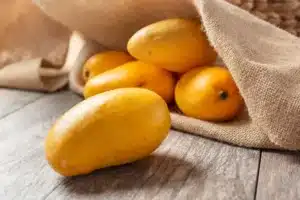
Once the mangoes are harvested, your plants will require a boost to recover from the energy used in fruit production. A balanced fertilizer treatment can be made in late summer or early fall to prepare the tree for the upcoming growing season and help replenish nutrient reserves. Applying organic compost or manure now can help the soil become more nutrient-rich for spring growth as it breaks down during the winter.
Conclusion
Mango trees require proper fertilization to remain healthy and productive. You can enjoy the benefits of a plentiful crop of juicy, luscious mangoes year after year by knowing your trees’ nutritional requirements, testing your soil frequently, and adhering to a regular fertilization program. It is essential to customize your strategy to the unique requirements of your trees and the conditions in your garden, regardless of whether you decide to use chemical, organic, or a combination of both types of fertilizers.

